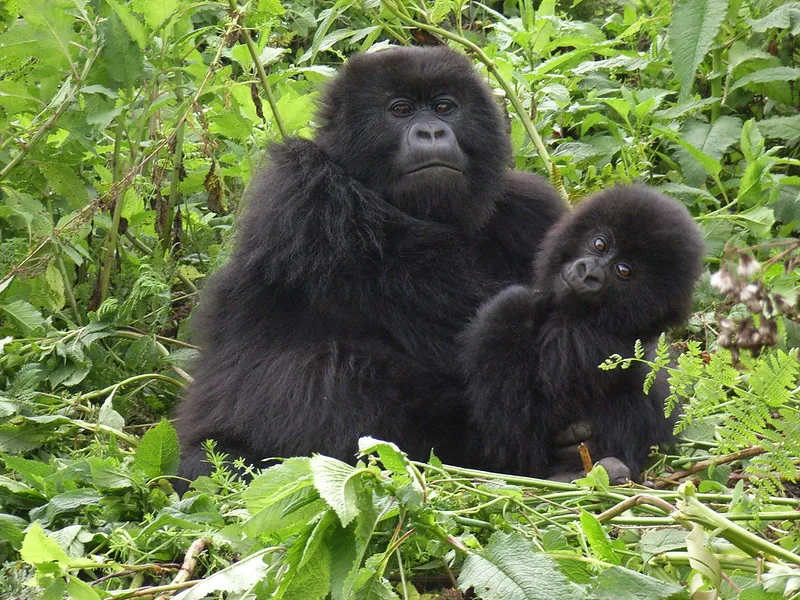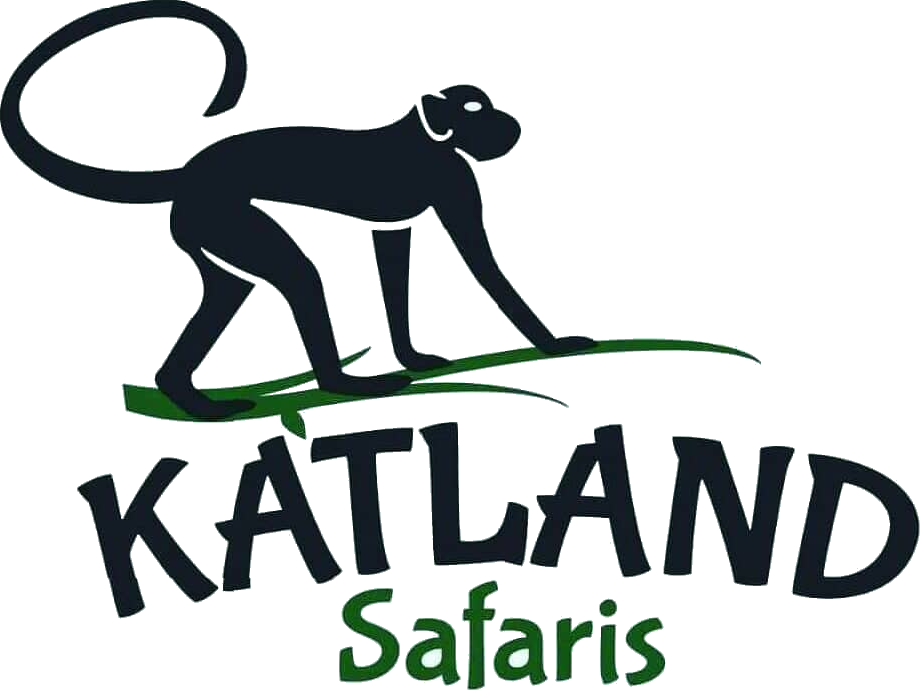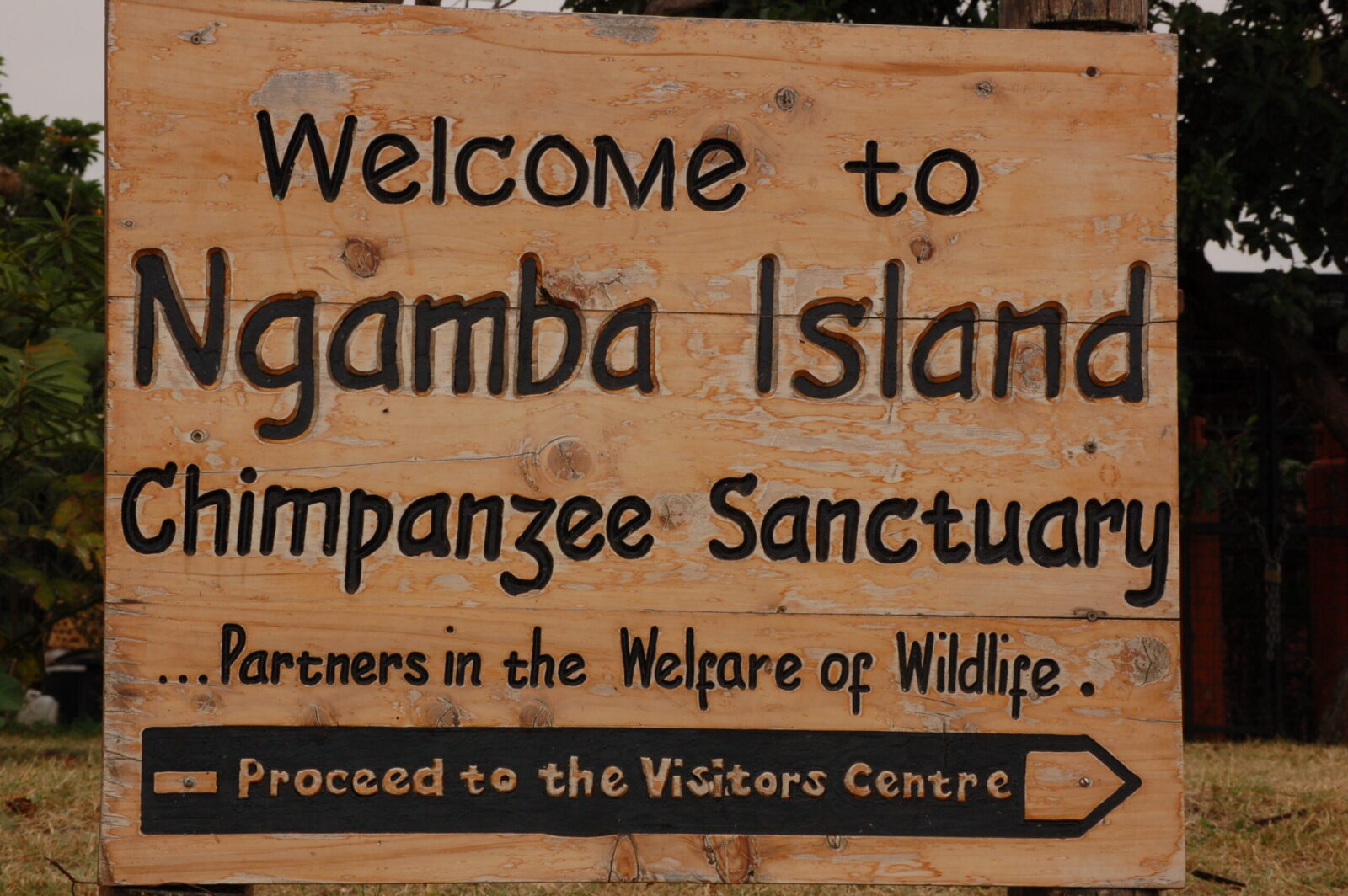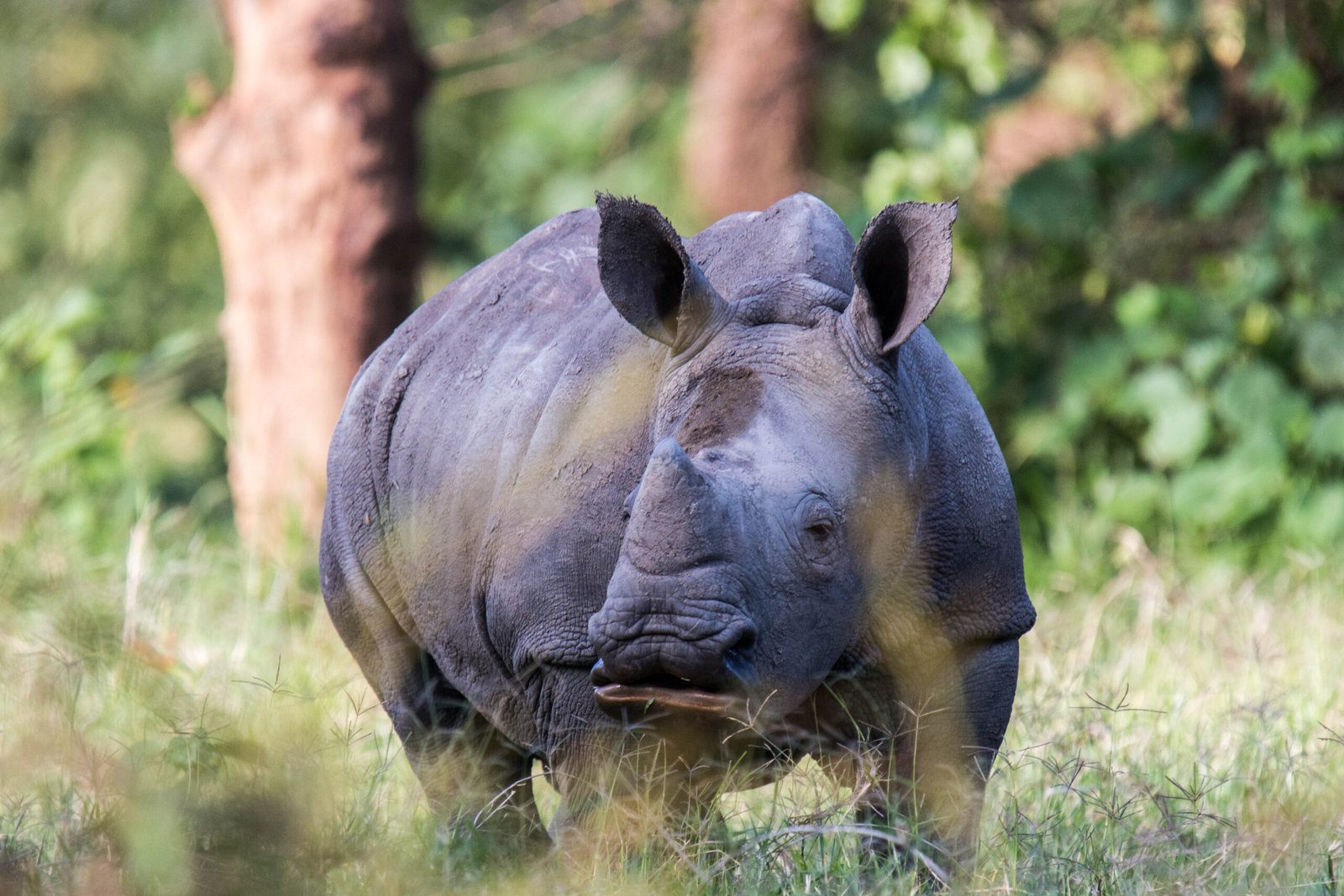The Everyday Experience of Seeing Gorillas in Africa.
The daily experience of seeing gorillas in Africa is unique; getting that lifelong experience of seeing the mountain gorillas in Africa is like winning a lottery. Though they are among of the threatened animals celebrated worldwide, mountain gorillas are extremely safeguarded by local and international conservation and heritage organizations. Although some money is still needed to help mountain gorilla conservation, this shouldn’t mean compromising their chances for survival.
Many mountain gorillas were poached in the 1970s and 1980s for use as souvenirs including skin, skeletal bits, and others kept as pets.
Until an American Naturalist Dian fossey arrived to save via investigation, there was near extinction. She founded Karisoke Research Center Rwanda when she first came in Africa in 1967.
Having seen many local assaults directed against the mountain gorillas, Dian Fossey recruited additional international experts to assist in restoring the harmony between the gorillas and people. This was the bath of gorilla habituation designed to get mountain gorillas used to human presence.
Later on, gorilla trekking evolved from gorilla habituation; yet, it takes many years to let mountain gorillas get used to human presence. Depending on the degree of wildness of the mountain gorillas, this might continue anywhere from three years to five years or more.
Seeing the mountain gorillas worldwide is limited to Bwindi Impenetrable National park in Uganda, Mgahinga National park Uganda, Volcanoes National park in Rwanda, and Virunga National park in D.R.Congo.
Experience Trekking from Gorillas
Only if you have a gorilla permit may you engage in gorilla trekking experience. The Uganda Wildlife Authority is tasked for selling gorilla trekking licenses in Uganda. The Rwanda Development Board is the selling body for gorilla permits and D.R. Congo, the Institut Congolais for la Conservation de la Nature is the permits selling body for Rwanda.
Make sure you reserve lodging near the Bwindi Impenetrable National Park Uganda location where your gorilla trekking permit is registered. This is a smart move. Out of the four national parks worldwide with mountain gorillas, Bwindi Impenetrable National park is the biggest.
Divided into four gorilla trekking zones, it sought to enhance service delivery during gorilla trekking and monitor safety. Trekking families is made feasible by this equal opportunity to see all the gorillas. Tourists used to want to see practically the same gorilla families, while others would be left unvisited at all. These would revert to their wild nature, needing re-habituation. This is really pricey and expensive.
Gorilla treks in Africa call for certain workouts to maintain your muscles ready for the long or short stroll into the jungle. Finding the mountain gorillas has no deadline given the many circumstances that define the jungle.
You have to go to the park’s head office with your gorilla trekking gear on the day of the activity. Remember a facemask as a way to lower the mountain gorillas’ risk of contracting a communicative disease such as flu or Corona virus.
When exhausted, hire a porter to carry your luggage and give you a push. As in the jungle looking for the mountain gorillas, ask for a walking stick for added assistance. Your ranger guide walks you across the paths leading to where the mountain gorillas are thought to have spent the previous day after you are split into groups of maximum eight trekkers. Usually covered by creepers, the tails are trimmed by a ranger guide using a machete to let you pass.
Entering the forest with an open mind enables you to appreciate most of the wonders there rather than concentrating only on the mountain gorillas. Other primates like black and white colobus, vervet monkeys, grey cheeked mangabey, red tailed monkeys, golden monkeys, blue monkeys, chimpanzees, olive baboons, potto, L’Hoest’s, bush babies and others abound in the Virunga region.
Though you won’t see all of them, numerous wild creatures also like spending their time in the woods of this region, including elephants, duikers, warthogs, wild pigs, gigantic forest hogs and many more.
Once you do find the mountain gorillas, the ranger guide needs to first determine the general state of the forest. Should the gorilla family be in a melancholy state of mind, he counsels on behavior toward them in line with those in case of joy among the gorillas.
Later on, you are let to see the mountain gorillas, but remain a distance of around 15 meters from them to lower the likelihood of any disease being passed. Mountains gorillas are afraid of new events in their surroundings, hence take pictures using a flash-less camera. Being a once-in- a lifetime encounter, exhaust everything you need to see and immerse into that moment with the mountain gorillas.
place to your successful gorilla trekking expedition when you go back to the briefing place to be given certificates.
Female Ubufatanye is with her three children born in only six years. Ubufatanye is seen in the picture clutching the just born infant as her two-year-old Ingirakamaro (Light) and five-year-old Tabaro (left) are close by!
Countries like Uganda have opened doors to visitors to engage in gorilla habituation. This is the technique of enabling the semi wild mountain gorillas to get used to human presence without changing their natural state.
To be part of this adventure, you need to have a gorilla habituation permit ahead of time. Gorilla habituation in Uganda so far only used the southern portion of Bwindi Impenetrable National Park.
Like gorilla trekking, you must be ready to wake early than others and have the correct kit for gorilla habituation. The team practicing gorilla habituation only consists of four visitors permitted to participate. You accompany a group of habituators and researchers who spend several days tracking and recording the actions of a gorilla family under observation. This four-hour excursion allows you more time with the gorillas than just one hour of gorilla hiking.
As the day breaks and you start looking for breakfast from the vines, you get to see the mountain gorillas de-nesting. You rest, groom the young ones, and much more family business goes on. Among your tools should be a notepad where you may write information about the daily life of the mountain gorilla. Every mountain gorilla is seen as unique and has daily observations collected. You are not aware of the path across this large forest or even dread of being attacked by wild creatures in the forest, hence nobody is permitted to enter the forest without an accompanying ranger guide.
The expenses of gorilla habituation and treking
The cost of the Rwanda mountain gorilla trekking permit now is $1500 per person. For gorilla trekking permits, Uganda charges $800 per person, $450 per person in D.R. Congo. Although only 8 gorilla permits per family are granted daily for viewing, you must reserve your gorilla trekking permit ahead of time as demand for them is great. Once you find the mountain gorillas, just one hour is permitted.
Each trip costs $1500 for gorilla habituation in Uganda, enabling you around 4 hours of mountain gorilla trailing. You record their actions and conduct.
When are the Mountain Gorillas found?
Finding the mountain gorillas relies on the general forest temperature. Searching for food to last them through the day and night, mountain gorillas wander the jungle.
Trekkers may spend two hours or three quarters of the day searching for the mountain gorillas, hence some patience is required to succeed and fully enjoy the whole experience.
The closeness of the mountain gorilla food, the discord in the forest when some wild gorillas assault their accustomed neighbors. Should the family of habituated gorillas prevail, there will be celebration and better access. Should they lose a member during combat, the mountain gorillas grieve and hide, which makes the search more difficult.
You only need to live in the forest with an open mind understanding that seeing a gorilla is important but appreciate other fascinating aspects the forest is supplied with. When you at last see the mountain gorillas, you have conflicting emotions of nervousness and thrill.
Safety Level of Gorilla Trekking in Africa
Safe is the Gorilla Trekking experience at Mgahinga National park in Uganda and Bwindi Impenetrable National park. Volcanoes National Park is secure in Rwanda, allowing visitors to see mountain gorillas free from assault risk.
Law and order in Rwanda and Uganda is maintained by the cooperation among security institutions. Early in the morning, a group of ranger guides gets ready to explore the jungle for where the mountain gorillas had slept the night. Usually, they feed not far from there. They provide a report on the state of affairs in the woods. Its this report the ranger guide uses to discuss the state of the mountain gorillas.
You also have to consider your safety by choosing the correct gorilla trekking equipment, such as tracking boots to protect your feet from pikes and thorns.
Having some insect repellent helps stinging insects not assault you. Keeping closer to the gorilla group you have assigned helps you avoid losing yourself in the large Virunga territory.
When Should One Plan the Gorilla Trekking in Africa?
You may arrange a gorilla trekking permit all year long; yet, to be safe at least three months in advance would be the least amount of time to book. The restricted number of licenses issued daily drives great demand for the mountain gorilla permits.
Every gorilla family may only be seen by maximum 8 customers to prevent mass tourism which may lead to trampling on the grass, rubbish dumped in the forest and so much more.
First come first served policy is used, but you pay for a gorilla permit. None of the reserve team members are permitted to retain a gorilla permit without buying it. This was done to discourage folks making appointments they do not honor and wasting time.
June through September and December through January are the busiest travel seasons; gorilla trekking permits for these times sell out quite quickly. You have to be ready to reserve your permit between three months to at least six months before your gorilla trekking trip.
How Difficult Is Trekking in Gorillas?
Mountain gorillas reside in a region with volcanic geology, hence you must be somewhat physically strong to withstand the lengthy walks. You just need to take some additional walks in your nearby surroundings to stretch your muscles; you are not always at the gym.
You have to be somewhat fit if you hike to reach the hills in search of the mountain gorillas. Sometimes the gorillas eat off the hillsides, particularly in the very rainy seasons when the terrain is marshy.
Great tread on tracking boots will enable you to negotiate soft volcanic soils and fallen creepers along the road. Way from the challenges or even creates a trail leading to where the gorillas are eating, a ranger guide carrying a machete cleans the vines.
Since you are not quite sure of return timings, carrying some energy snacks may help you revitalize your own. The speed each of the trekkers in your party chooses will greatly affect your return trip. The ranger guide moves at the slowest rate to ensure nobody falls behind.
Especially in the case of reaching the slippery sections, it is very beneficial to ask for a porter at a reasonable cost after warning. The porter carried your baggage so you would not be burdened on the walk and provides a push when you needed it.


